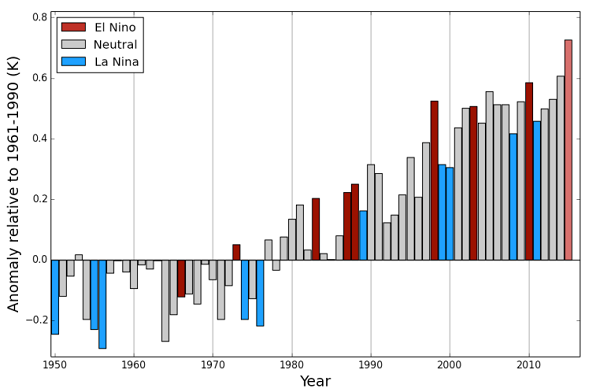1. Massive cyber attack on Bureau of Meteorology supercomputer
China is being blamed for a major cyber attack on the computers at the Bureau of Meteorology, which has compromised sensitive systems across the Federal Government.
- The motivation for the attack on the bureau could be commercial, strategic or both.
The bureau is a critical national resource and another state would place a high value on its intellectual property and scientific research.
In the event of a conflict, compromising Australia’s ability to accurately forecast weather would affect the operation of military and commercial aircraft.
Beyond that, the bureau provides a gateway to other agencies.
In March the Bureau’s chief executive Robert Vertessy told Radio National that his agency had evolved “from what was once just a straight weather service to what I would call now a more broad-based environmental intelligence agency”.
It provides weather and climate forecasting, tsunami warnings, tide predictions, water resources and even space weather.
The breach could take years to fix and cost hundreds of millions of dollars.
2. Saving the world
At 8:30pm on Monday 30 November 2015 the program Foreign Correspondent looked at what’s happening with global warming and at potential solutions. Reporter Eric Campbell started in Paris, then went to Germany, Costa Rica, Antarctica, Miami and California. Worth a look if you didn’t see it.
I was surprised at how the water already washes over the streets of Miami at high tide, and at the glitz of the place. The value of the real estate must be enormous.
Campbell started with solar and wind in Europe and finished with solar in California, where the dynamism of innovation and entrepreneurship was impressive.
3. What the hottest year looks like on the graph
The World Meteorological Organisation (WMO) has prepared this graph to show what the 2015 global temperature rise will look like if current trends continue:

It’s meant to concentrate the minds of those meeting in Paris.
- a large majority of the 2015 global surface temperature anomaly is due to anthropogenic forcing, with El Niño playing a smaller supporting role, and solar irradiance an even smaller factor. Volcanoes contribute very little at this time. The remainder is well within the range of variations due to random weather, especially winter weather in Siberia and Canada.
That’s according to its World Weather Attribution initiative.
4. Climate Spectator folds its tent
Climate Spectator has ceased publication.
Why?
Ultimately it was owned by News Corp. According to Crikey the official line was
- “Like every business operating in today’s media landscape, News Corp Australia continues to re-position and rebalance its organisation to meet the changing behaviour of its audience and advertisers …
“Sadly this has resulted in some product changes across the organisation…”
Giles Parkinson, who founded Climate Spectator in 2009 writes:
- Climate Spectator has been shut down – an apparent victim of budget cuts and editorial indifference from its new owners, Rupert Murdoch’s News Ltd.
Probably some mid-ranking executive with a reduced budget rather than an edict from on high. But then Tristan Edis no doubt did upset a few of the climate clowns across News Corp.
5. Does Australia export cleaner coal than other countries?
Malcolm Turnbull claims that Australia exports “by and large” cleaner coal than other countries.
ABC FactCheck took a look and by and large it’s true. We are talking here about thermal coal which is “the most relevant to electricity markets and represented around 80 per cent of the world’s coal use.”
That doesn’t apply to Adani’s Carmichael mine in the Galilee Basin, which is not so clean.
Australia is the second largest coal exporter after Indonesia. Other large exporters are Russia, Colombia, the United States and South Africa.

